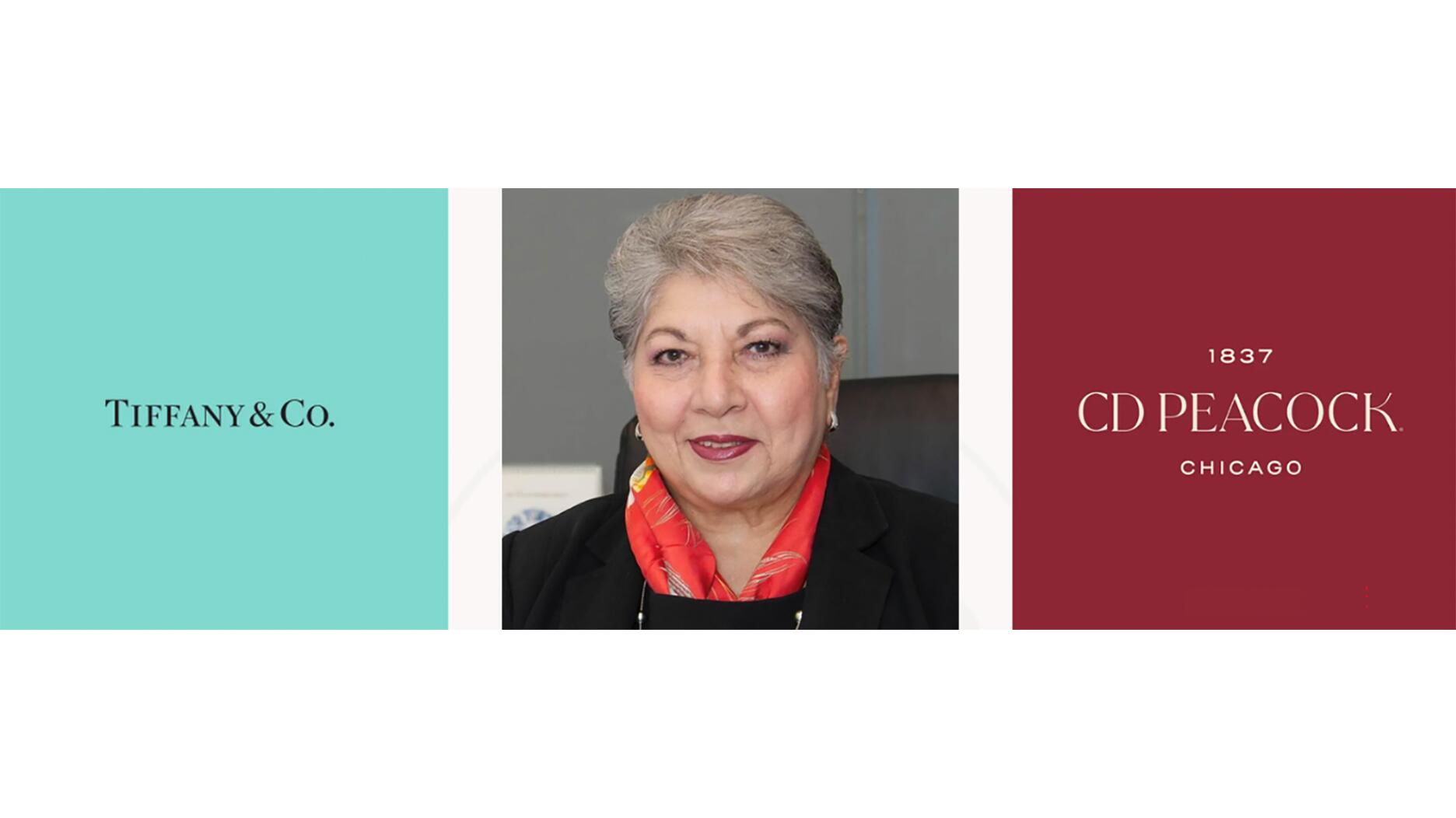It purchased the “Grosse Pièce,” an ultra-complicated Audemars Piguet pocket watch from the ‘20s, for a record-breaking price at Sotheby’s.
How to adapt to the changing bridal market
During a session at the JA New York show Monday, experts discussed how jewelers can navigate the changes in today’s marriage market to capitalize on current opportunities.

New York--It’s no secret that today’s bridal consumer is very different from those of generations past.
Changes like the legalization of same-sex marriage in states across the country has brought new customers to the bridal segment, and consumers’ desire to find a piece that speaks to personal style continues to grow.
Since bridal continues to be such an important part of many retailers’ sales, it’s increasingly important that they take the time to understand and cater to this crowd.
“The New Bridal Landscape” panel discussion held at the JA New York Show on Monday covered just that. Led by Amanda Gizzi, director of public relations and special events at Jewelers of America, panelists were Hal Rubenstein, global style director at Gabriel & Co.; Shane Clark, senior fashion and accessories editor at Brides magazine; and Yanni Kyriazis, designer at David Lee Holland Fine Jewelry.
Across the various perspectives provided in the seminar--wholesale, design, retail and editorial--the sentiment remained the same: It’s important that jewelers not jump to conclusions about the type of jewelry they think a customer wants.
Bridal jewelry represents an extremely sentimental part of someone’s life, and a jeweler should be there to listen and understand what the client is looking for exactly.
Providing many options also is crucial for today’s consumer, beyond just the traditional solitaire stone.
Because customers are looking for unique stones and settings, “just to have a rock with a band, that doesn’t cut it,” Rubenstein said.
Trends the experts said they see coming in 2015 and beyond include mixed metals, especially with rose gold, and traditional cuts coming back into style, such as oval and marquise diamonds, but set with modern, updated looks.
Kyriazis also noted that in the U.S. market, he’s noticing that bridal customers seem to be looking for smaller stones of higher quality, and that provenance of the stone is of increasing importance.
He added that today’s bridal consumer will continue looking for unique or alternative rings that not only match their styles but also are “portfolio additions”--investment pieces that will stay in their collections for life.
Rubenstein added, “It’s so key now to understand the personality of the person coming in to buy that ring.”
These days, the four Cs don’t matter as much to consumers, especially since many of them have already done much of their research online. The role of the jeweler now is
Kyriazis also noted the importance of a fifth “C” these days: confidence. It’s important to establish a relationship with clients so that they trust you enough to not only come to you at such a special time in their lives, but also keep coming back to you.
Bringing forward a new consumer base to jewelers is the increasing number of states that are starting to legally recognize same-sex marriages.
RELATED CONTENT: The change that is bringing opportunity
Since no traditions have been established for weddings in the LGBT market, many of the couples are trying to find their own unique ways to celebrate their matrimony.
There are now more options for men’s bands, though that market still remains underserved, Clark said. More unique styles are available for males, including mixed metals and stones. But one of the most important aspects for retailers is that they make sure the customer listens and lets them know they are there to help.
In addition, more American adults than ever before also are getting remarried, adding more new customers and opportunities for jewelers.
Though the experts had varying opinions on how the second-time bride shops, all three seemed to agree that this bride is looking for something different, which could mean a new setting for an old stone or adding color.
In the end, it’s up to jewelers to stay open-minded when it comes to their offerings, as this could present an opportunity to get creative or sell the piece that might be less popular for most brides but speaks perfectly to the second- or even third-time bride.
“The second wedding is more about everything looking different and being different,” Rubenstein said.
The Latest

Chandler got his start at Michelson Jewelers and has served as DCA president and CEO since 2001. He will retire at the end of the month.

Sponsored by Digital Monitoring Products

How Jewelers of America’s 20 Under 40 are leading to ensure a brighter future for the jewelry industry.

The boutique is slated to open this week inside Terminal 8, offering pre-owned Rolex watches and more to international travelers.


The lab-grown diamond grower now offers custom engagement and fashion jewelry through its Kira Custom Lab Jewelry service.

The special-edition egg pendant ingested in a New Zealand jewelry store was recovered after a six-day wait.

Roseco’s 704-page catalog showcases new lab-grown diamonds, findings, tools & more—available in print or interactive digital editions.

Associate Editor Natalie Francisco plays favorites with Piece of the Week, selecting a standout piece of jewelry from each month of 2025.

The “Love and Desire” campaign is inspired by the magic that follows when one’s heart leads the way, said the brand.

Two awardees will receive free tuition for an educational course at the Swiss lab, with flights and lodging included.

Berta de Pablos-Barbier will replace Alexander Lacik at the start of January, two months earlier than expected.

Sotheby’s held its first two jewelry sales at the Breuer building last week, and they totaled nearly $44 million.

Here are six ideas for making more engaging content for Instagram Reels and TikTok, courtesy of Duvall O’Steen and Jen Cullen Williams.

Carlos Jose Hernandez and Joshua Zuazo were sentenced to life without the possibility of parole in the 2024 murder of Hussein “Sam” Murray.

Yood will serve alongside Eduard Stefanescu, the sustainability manager for C.Hafner, a precious metals refiner in Germany.

The New Orleans jeweler is also hosting pop-up jewelry boutiques in New York City and Dallas.

Set in a Tiffany & Co. necklace, it sold for $4.2 million, the highest price and price per carat paid for a Paraíba tourmaline at auction.

The jeweler’s “Deep Freeze” display showcases its iconic jewelry designs frozen in a vintage icebox.

Take luxury gifting to new heights this holiday season with the jeweler’s showstopping 12-carat sphene ring.

This year's theme is “Unveiling the Depths of the Ocean.”

In its annual report, Pinterest noted an increase in searches for brooches, heirloom jewelry, and ‘80s luxury.

Starting Jan. 1, customers can request the service for opal, peridot, and demantoid garnet.

The 111-year-old retailer celebrated the opening of its new location in Salem, New Hampshire, which is its third store in the state.

The new catalog features its most popular chains as well as new styles.

The filmmaker’s personal F.P. Journe “FFC” prototype was the star of Phillips’ recent record-setting watch auction in New York.

The new location in the Design District pays homage to Miami’s Art Deco heritage and its connection to the ocean.



























